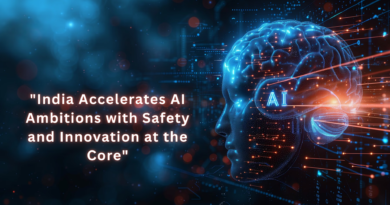Real-World Preparation for Students in an AI-Driven Future
As artificial intelligence becomes increasingly embedded in everyday life, it’s essential that students are prepared not just to use AI tools, but to understand and shape them. Real-world preparation starts with exposing students to how AI is transforming industries such as healthcare, finance, education, and entertainment. By integrating real-life case studies and examples into the curriculum, educators can help students see the relevance of AI beyond the classroom and understand how it influences decision-making, automation, and innovation in the workplace.
Beyond understanding its uses, students should be encouraged to engage with AI creatively and technically. This could include hands-on experiences like building simple AI models using platforms like Google’s Teachable Machine, coding with beginner-friendly tools like Scratch or Python, or designing projects that use AI to solve real-world problems. These activities not only build technical literacy but also foster critical thinking, creativity, and problem-solving skills that are essential in an AI-enhanced workforce.
Finally, real-world preparation must also include discussions around ethics, bias, and the social impact of AI. Students should explore how AI can reinforce inequalities or be used in ways that raise privacy and fairness concerns. By learning to ask hard questions about how AI should be used who benefits, who is left out, and what values are embedded in the systems they develop a sense of responsibility and civic awareness. This kind of preparation ensures that future generations are not just passive users of AI, but thoughtful leaders in its development and application.




